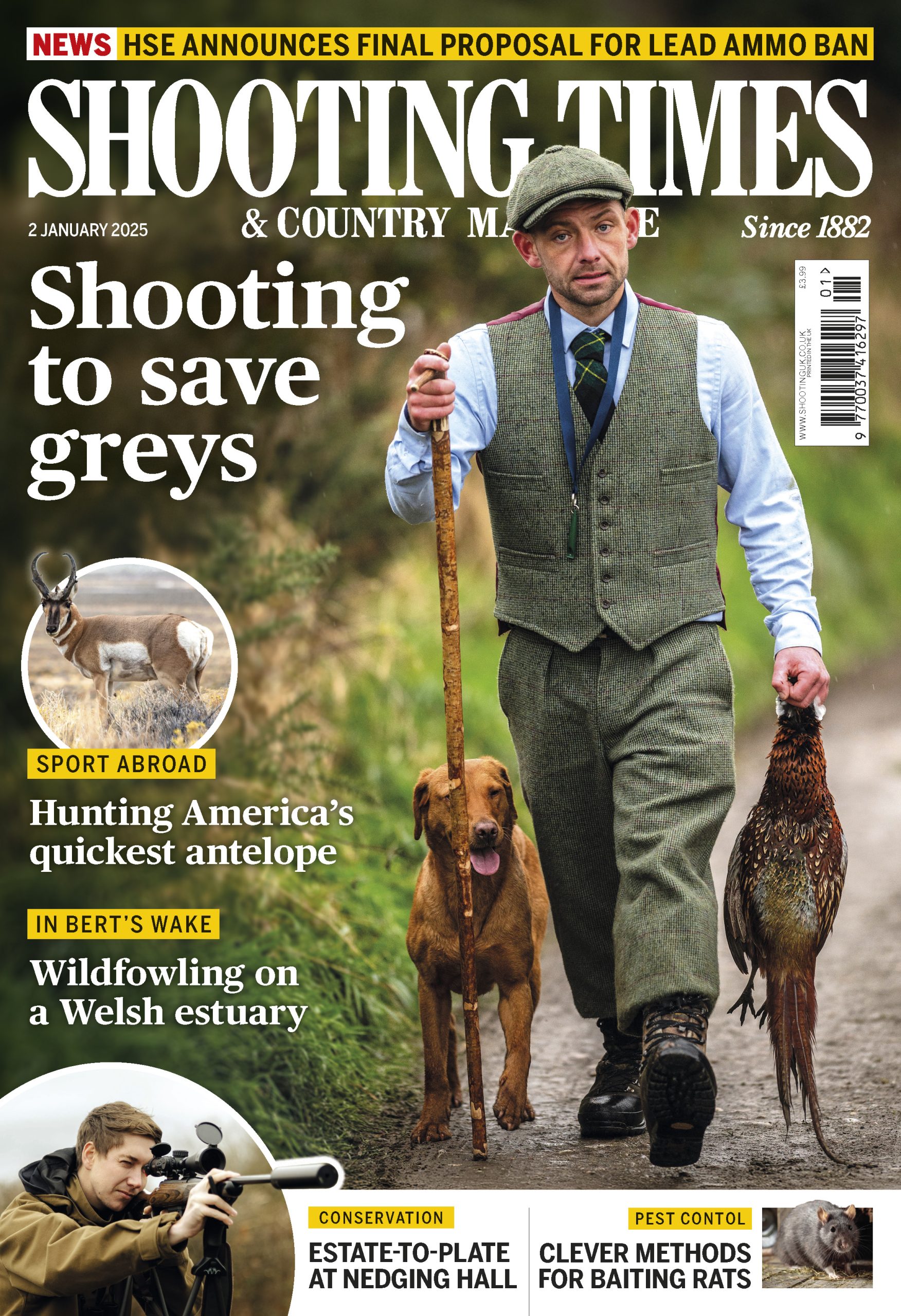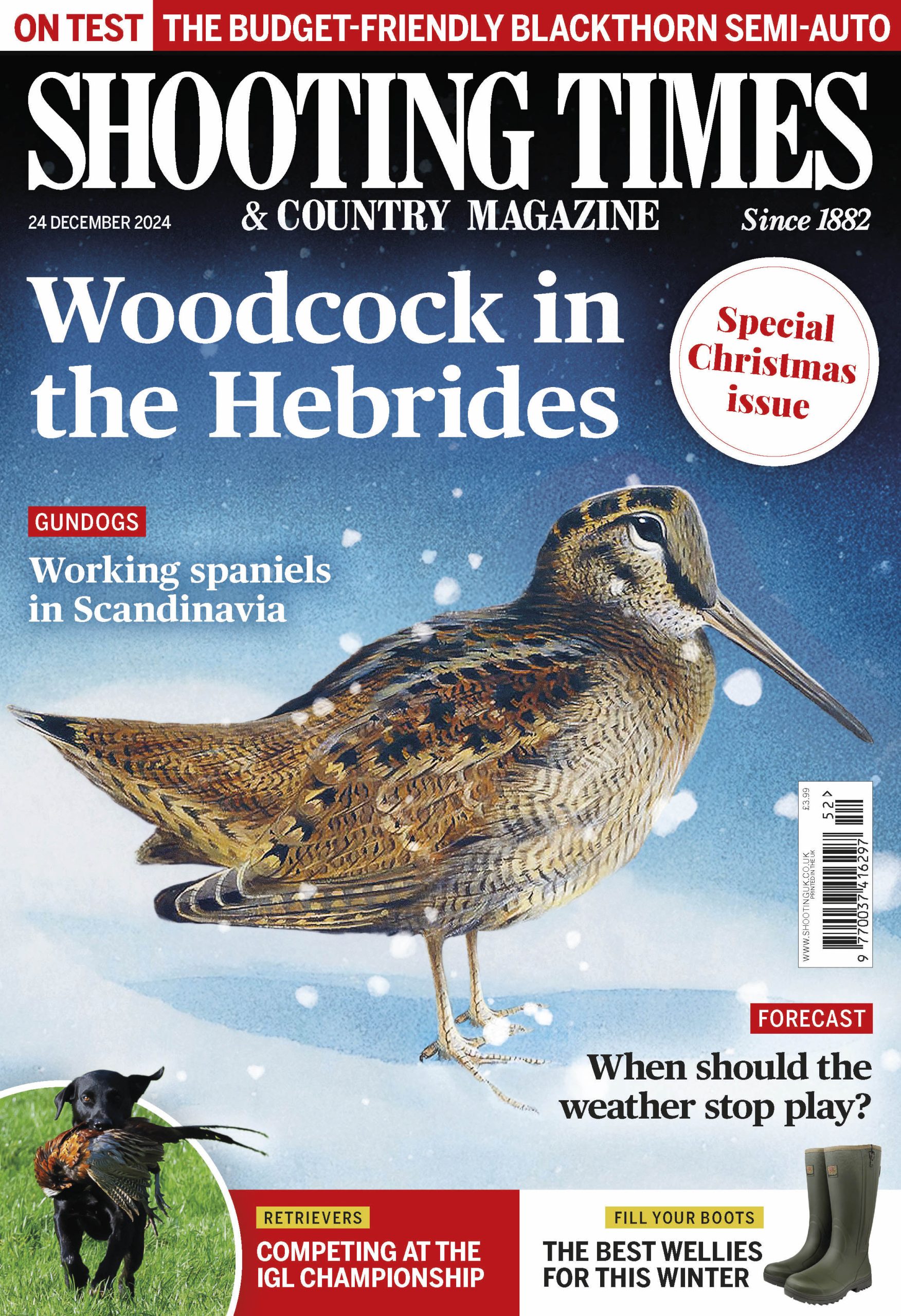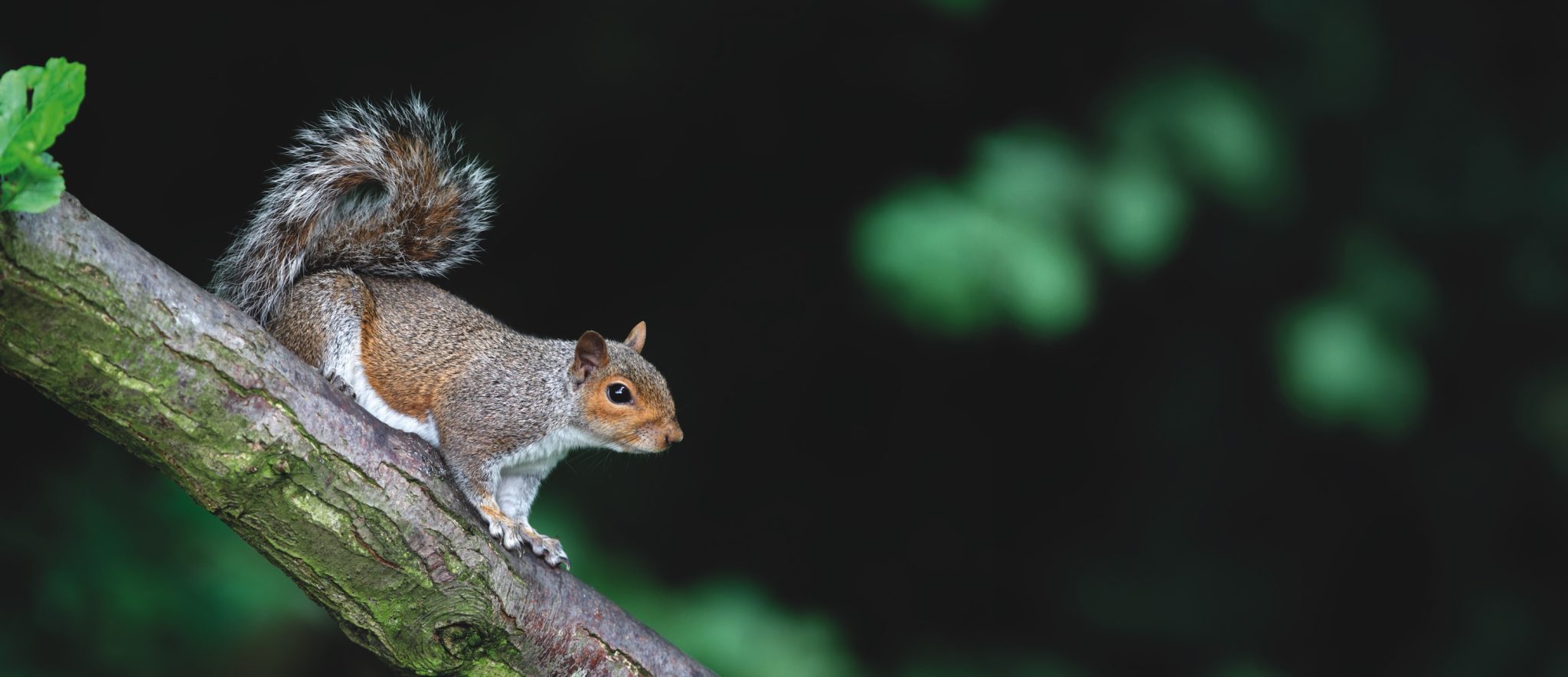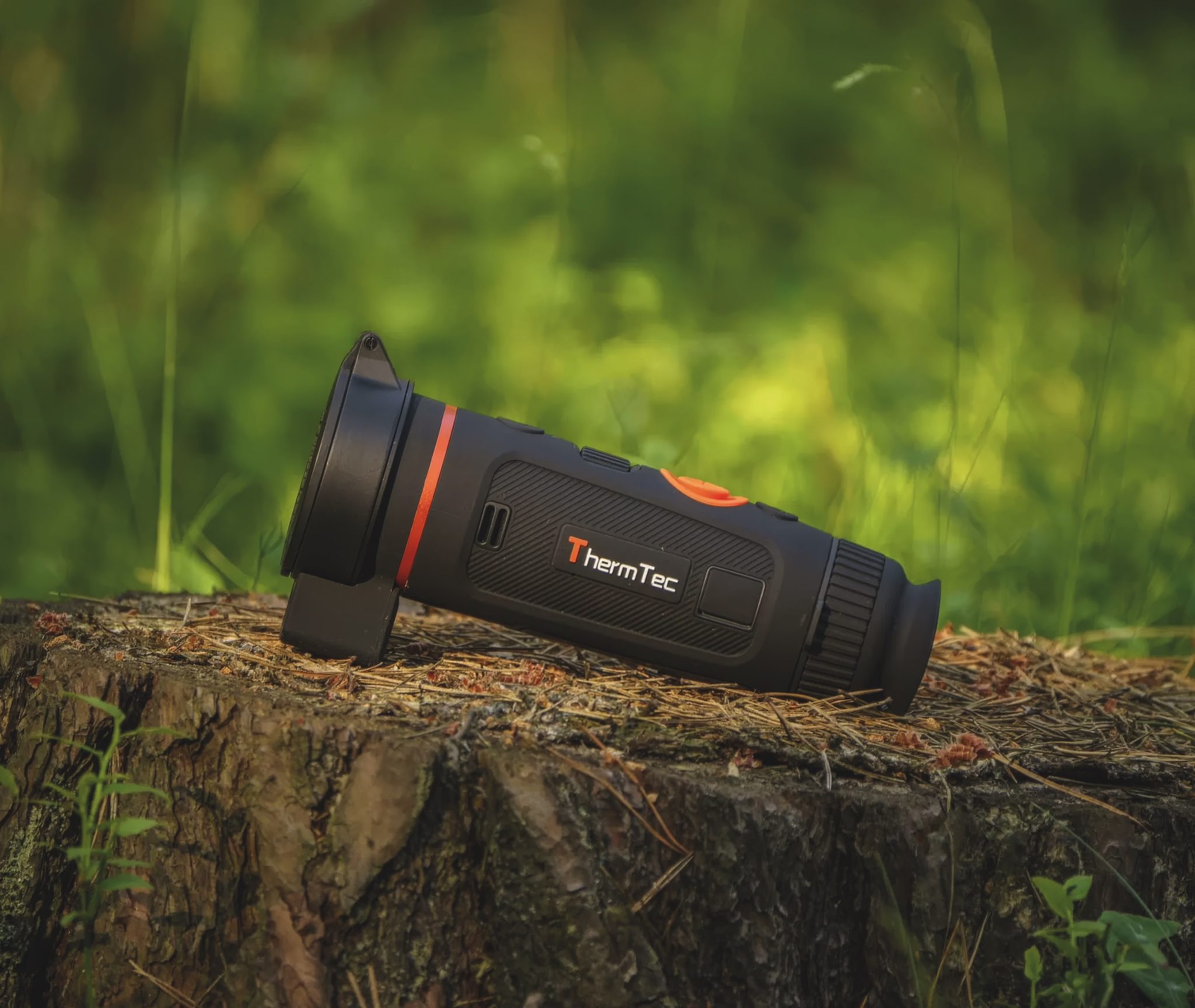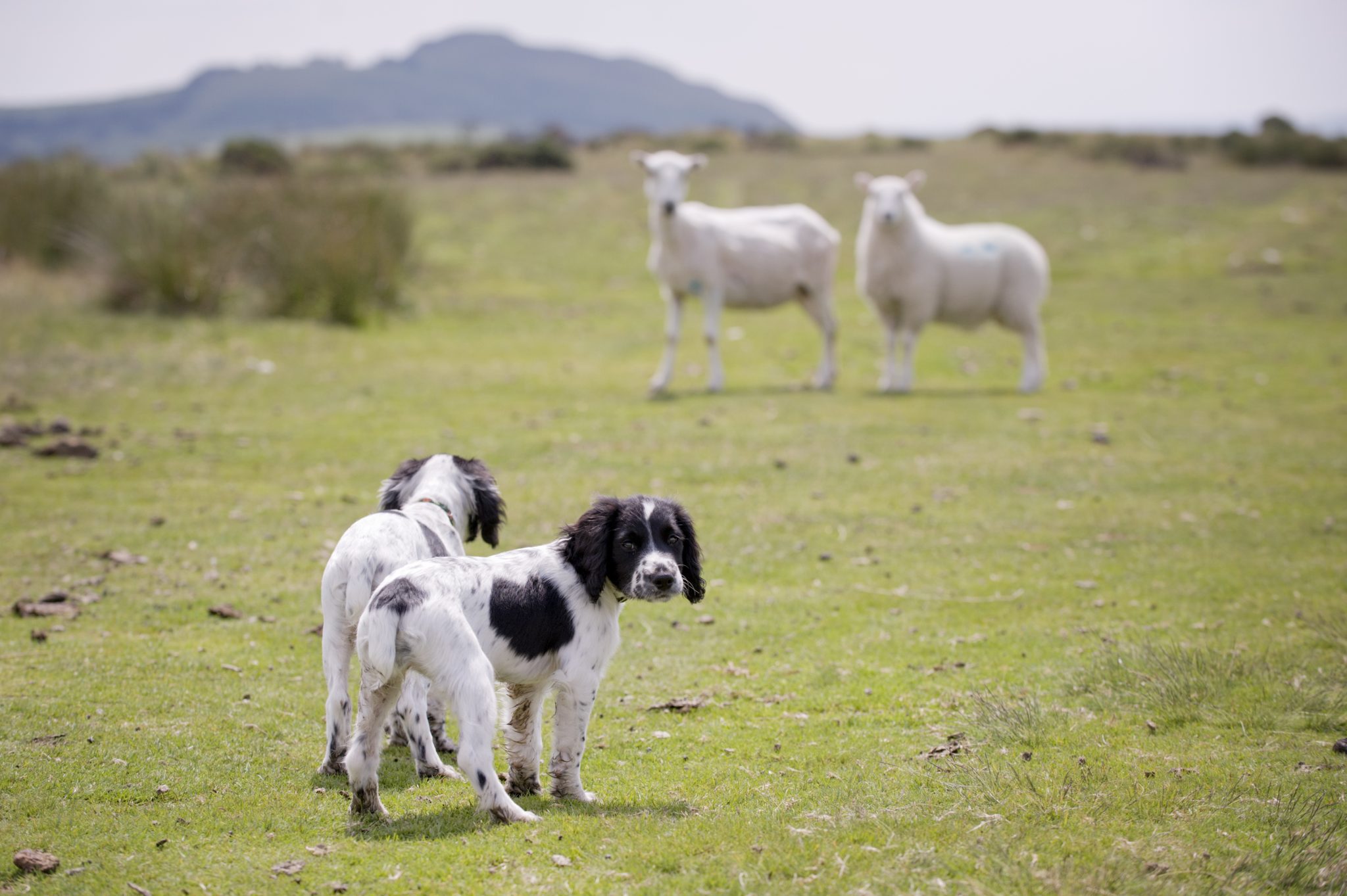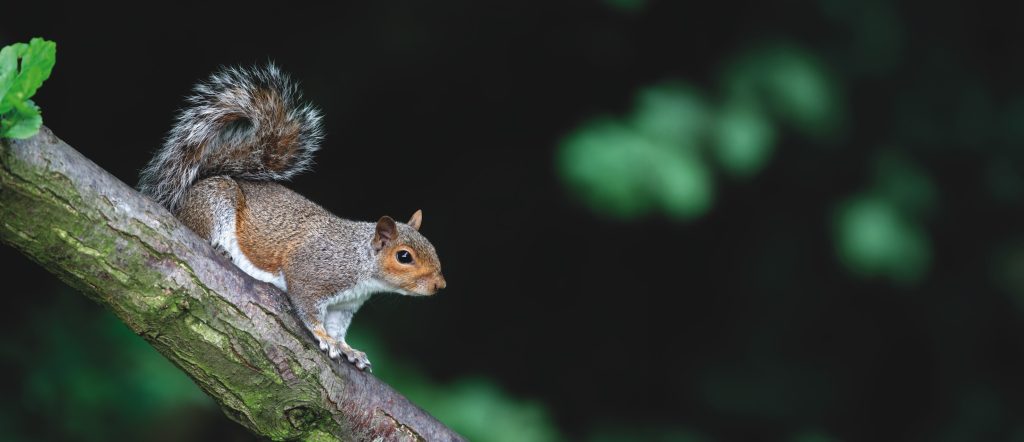Win CENS ProFlex DX5 earplugs worth £1,149 – enter here
Experts call for pine marten cull to save the capercaillie
Scottish Natural Heritage's scientific advisor has backed the culling of pine martens to protect capercaillie numbers.
The scientific advisor to Scottish Natural Heritage (SNH) has said pine martens should have their protected status removed and be culled in parts of Scotland to save the endangered capercaillie.
Speaking to the SNH and the RSPB at a recent conference, Professor Torstein Storaas, professor of wildlife management at Hedmark University College, near Oslo, highlighted the fact that the Highlands were not big enough to accommodate both species.
He commented that, in areas where there was conflict, pine martens should be sacrificed. Since the 1970s, the number of capercaillie has plummeted from about 20,000 to 2,000.
“Capercaillie are being killed by predators such as pine martens and the control of predators in the most important capercaillie areas should be [allowed]. In my view, if predator numbers were reduced, the capercaillie could survive,” Mr Storaas said.
The first study to assess the impact of pine martens will be published later this year by RSPB Scotland, which has set up covert cameras on 20 different capercaillie nests on its Abernethy Forest reserve in the Eastern Highlands. The footage shows pine martens stealing eggs from almost all of the nests, suggesting that up to 80% of all capercaillie eggs are eaten by the animals.
Importantly, a change in legislation would enable ministers to grant special licences allowing for protected species to be controlled to preserve stocks of other threatened animals.
Related Articles
Get the latest news delivered direct to your door
Subscribe to Shooting Times & Country
Discover the ultimate companion for field sports enthusiasts with Shooting Times & Country Magazine, the UK’s leading weekly publication that has been at the forefront of shooting culture since 1882. Subscribers gain access to expert tips, comprehensive gear reviews, seasonal advice and a vibrant community of like-minded shooters.
Save on shop price when you subscribe with weekly issues featuring in-depth articles on gundog training, exclusive member offers and access to the digital back issue library. A Shooting Times & Country subscription is more than a magazine, don’t just read about the countryside; immerse yourself in its most authoritative and engaging publication.
